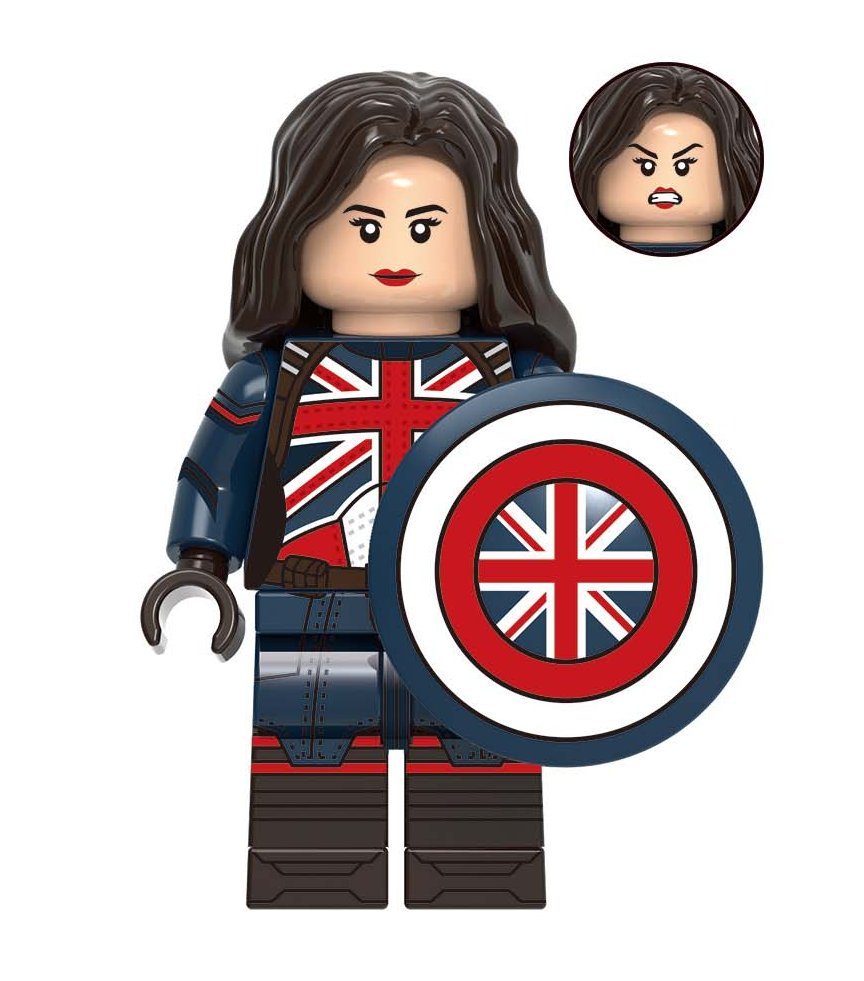


This is probably good enough for now though, we can always fine tune for the bigger sites and ones we think are important later. We don't know how every page lays out videos and therefore it will be really hard to place it correctly on every site. You should see the button appear somewhere near the video.

You'll see all loaded extensions and you can browser to your extension and inspect the scripts, set breakpoints and all that like usual. To inspect what's going on you can open up dev tools like usual and under "script" find the tab "content scripts". Now you have an extension! To test try navigating to a page with video elements like Youtube. You'll get errors if there's something wrong, otherwise it will load it and you'll see it appear in the list with a default icon.
#CAPTAIN CARTER MINIFIG ZIP#
Extensions you submit to stores will be packed up into what's basically a zip file, unpacked extension like those we use for development will point to folders and "pack extension" will pack them for you when you're ready to submit it. Then you can click "load unpacked extension". Enable developer mode to confirm you know what you are doing. I'll be using Chrome but steps will mostly be similar for others. It can be empty but it needs to exist to pass validation.įirst go to the url chrome://extensions, this url will be the same no matter what browser you are using. This won't do anything but we can at least add a test simple content script (and if you're building something else this can be a stepping off place).Īlso create css/styles.css. We'll start with a simple script that finds all video elements and adds a record button next to it: We'll inject 2 things, some styles and a script. The pattern I give allows access to all pages, a very big permission to ask but also necessary if this is usable everywhere.

It should be noted that this script will have it's own separate execution environment, you cannot access javascript variables or object from the page but you will share the DOM. A content script is basically a script that gets injected into pages that match the selector. There's a lot of other stuff you might want to add here but we'll keep it simple for now. 3 has major API changes, most of which are for the better (though the ability to inspect requests is a lot weaker which is good for privacy and bad for standard ad-blocking). At this time most extensions use 2 but this has been deprecated and someday will be removed. manifest_version is the version of WebExtensions you are using. It's a JSON file with application metadata, also like package.json.Įnter fullscreen mode Exit fullscreen mode This is has no relation to the standard web manifest.json, it was created earlier specifically for Chrome extensions but the idea is the same. The first thing we need is a manifest.json. Note that Google and Youtube being the same company means they may also not like such extension being listed in the Chrome Web Store but with a recipe you can make your own! But if we can capture content straight from the displayed source then that seems pretty useful.
#CAPTAIN CARTER MINIFIG DOWNLOAD#
Lots of websites don't let you download or obscure the ability to get at the source through arcane magic (cough Youtube). I was thinking about what something useful could be and settled on an extension that can record a video element on the page.
#CAPTAIN CARTER MINIFIG SERIES#
I wanted to do a series on WebExtensions because honestly there's not enough of them. If you record you'll probably get a black screen with audio only, canvas recording will still work. Update: If you are newly viewing this, it seems like changes in Chrome might have broken the video recording functionality.


 0 kommentar(er)
0 kommentar(er)
